▶The key to the gate can be borrowed from the same place where you purchase the route map you’ll need when entering the Nemuro Footpaths.

Things to Do
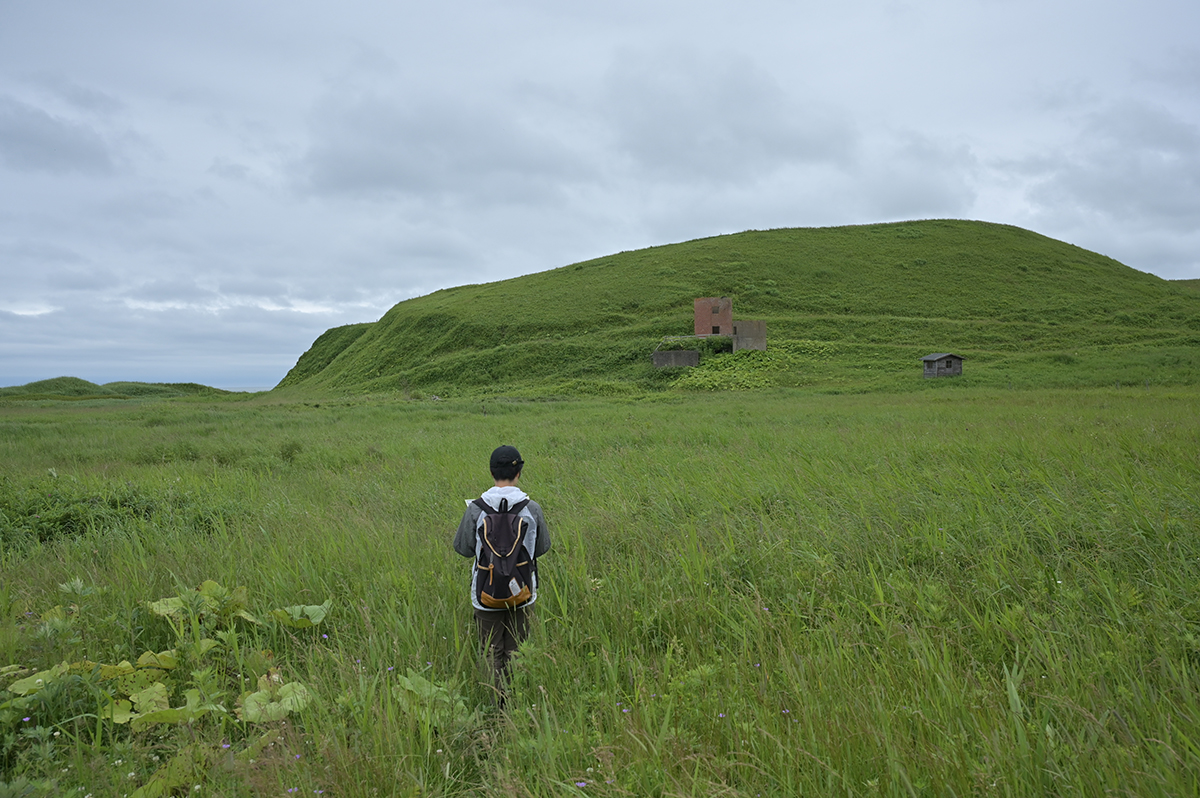
A road paved by local dairy farmers: experience Nemuro’s nature on the Bettoga Path
You’ll see vast natural landscapes wherever you go in Hokkaido, but there’s something different about those found in Nemuro. Perhaps it’s the vegetation, or the mist that forms in coastal regions like this. Stepping into the nature here feels like accessing a world mostly untouched—it’s peaceful and raw. You can explore these fascinating natural landscapes from Nemuro Footpaths. The Attoko Path, Hattaushi Path, and Bettoga Path are examples of these rather unique footpaths created by dairy farmers on their farms that stretch from Attoko to Bettoga. On this walk, I’ll be taking the Bettoga Path to enjoy Nemuro’s rich nature and learn about the story behind these footpaths.
*The content of the article is information as of 2023.
Crossing woods and hills to reach the coastline: exploring Nemuro’s nature on foot
The Bettoga Path is an undulating trail that goes for about 5 km. Among Nemuro Footpaths, which are all known for their impressive views of vast natural landscapes, this one in particular is a stand-out. Originally used as grazing land, this area is now a wild bird sanctuary under the Wild Bird Society of Japan, an organization that aims to preserve bird habitats.
As I headed to the street behind the Bettoga Station, I came across a green sign. This was where I took my first steps into Nemuro’s rich nature. At first, the route took me through grassland stretching as far as the eye can see. After walking for a while, I entered a National Forest.
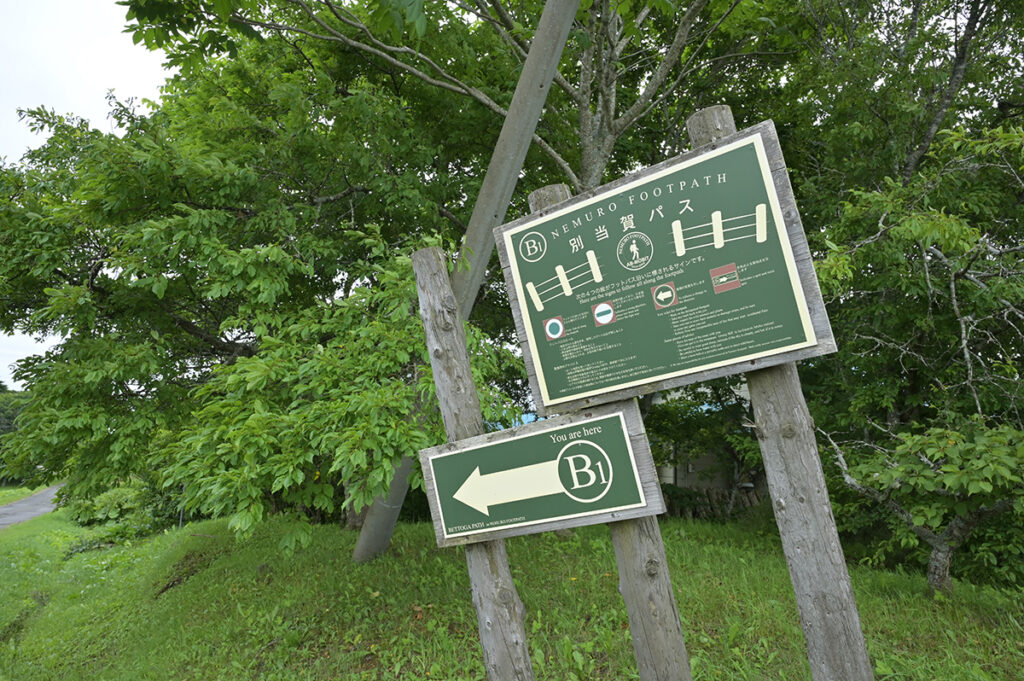
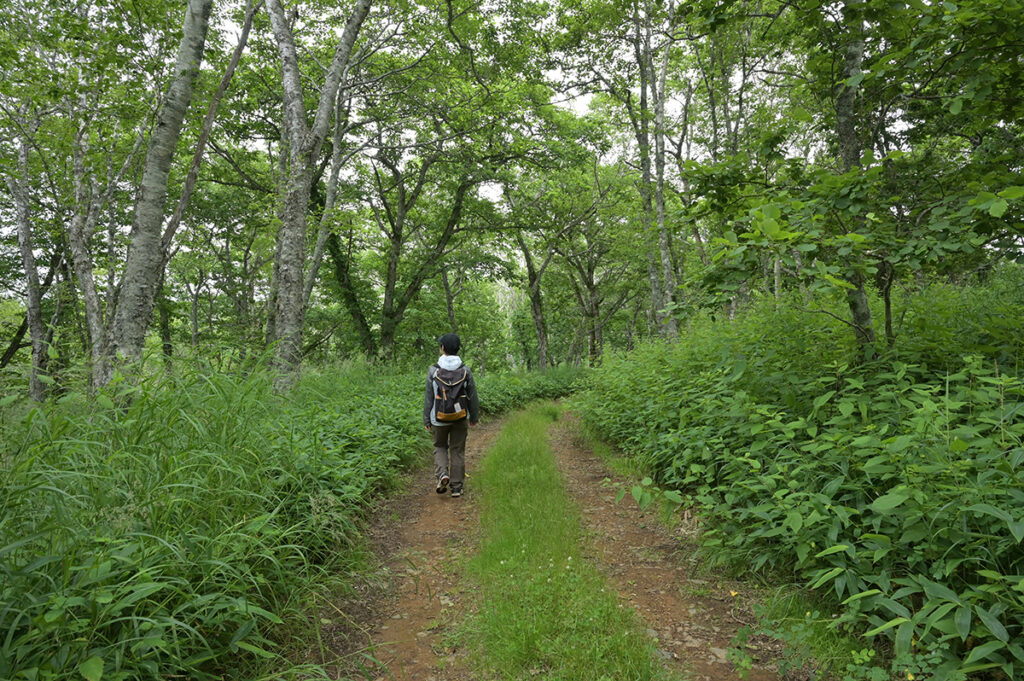
On the other side of the woods I came across a locked gate, which leads to the bird sanctuary. I felt a rush of excitement as I opened the gate and continued onwards—it was like stepping into an adventure.
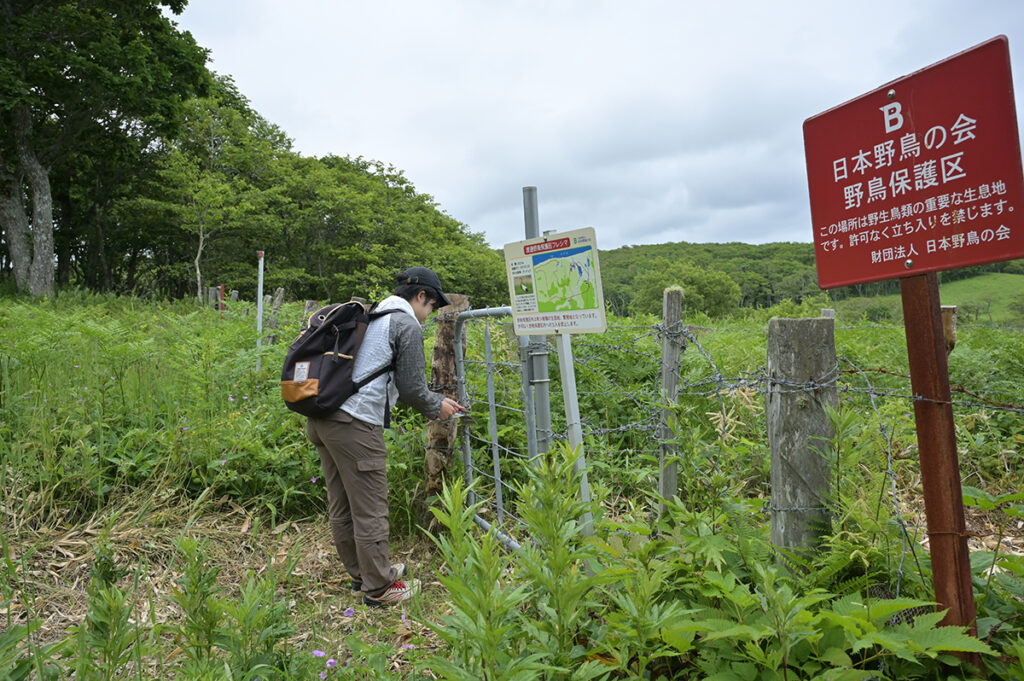
From here, the road took me on a series of gentle ups and downs. All that could be heard was the sound of grass rustling in the wind and faint bird calls. Even though I was following a well-maintained farm road, I felt like I had entered a natural wonderland where there are no boundaries between myself and the flora and fauna. I soaked up this feeling as I made my way to the beautiful scenery awaiting on the other side of the hill.
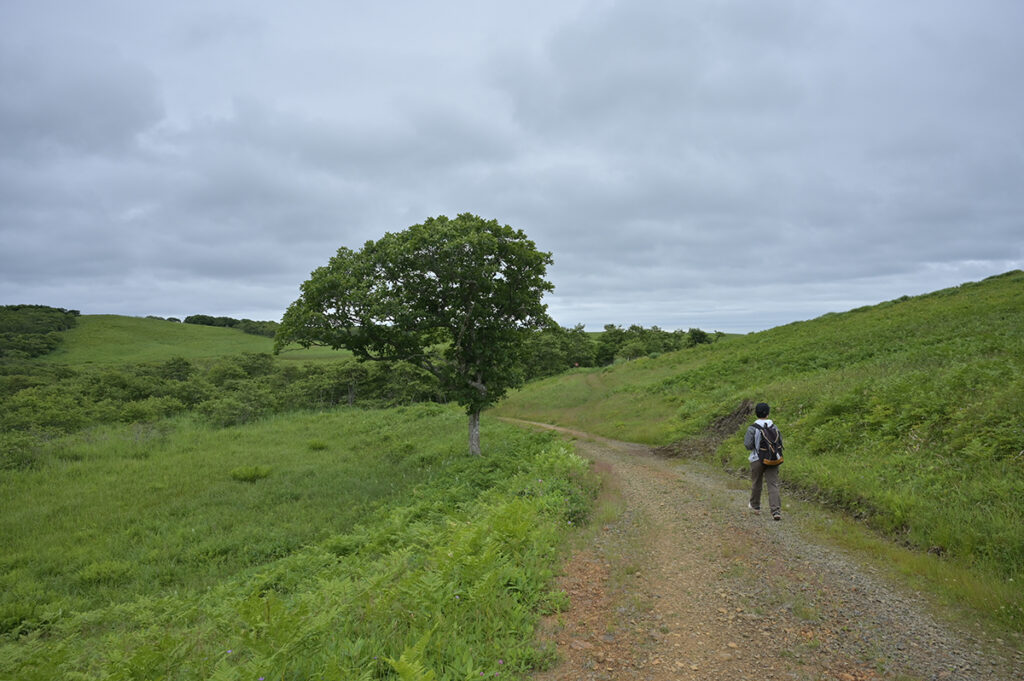
▶There were Yezo sika deer tracks on the road.
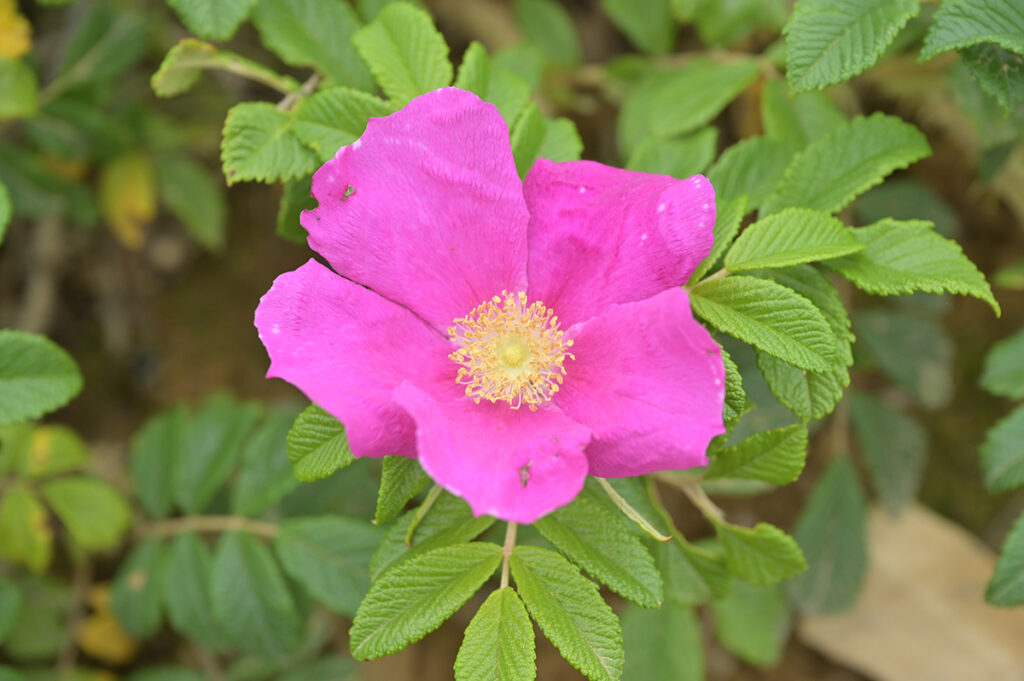
▶A Japanese rose. The flowers that bloom with each season from April to October are one of the attractions of the Bettoga Path.
After passing through the gate and the grassland, the view opened up. I was greeted by an unobstructed view of sprawling grassland and the ocean on the horizon. I’d never seen such an expansive view. With my map in one hand, I kept on walking towards the coast, which is at the furthest point of this footpath.
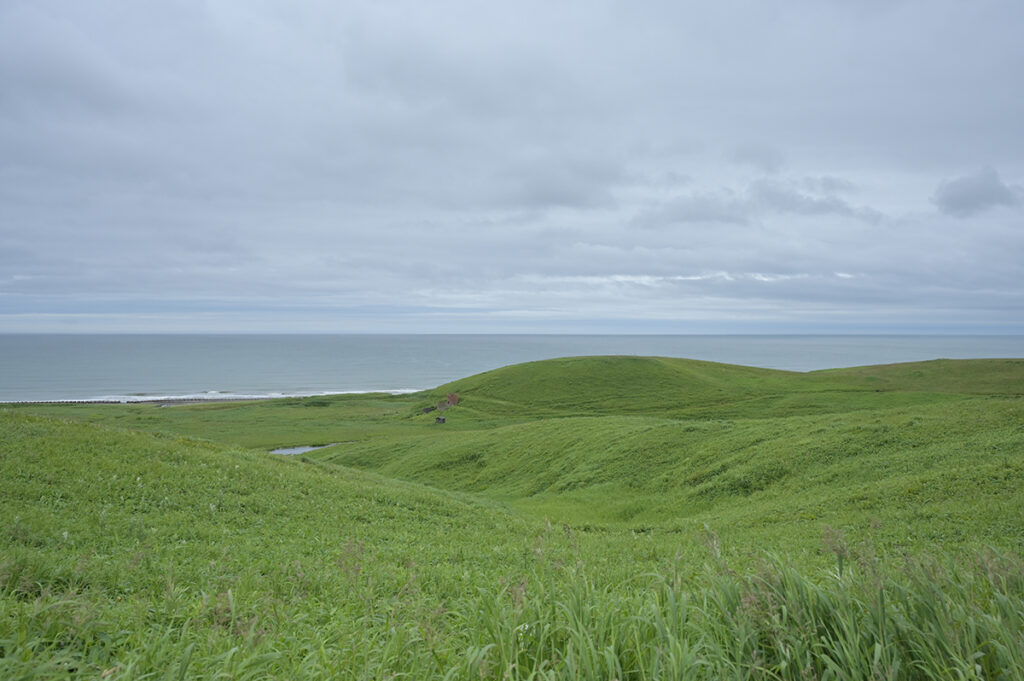
Finally reaching the coastline, I followed the path to the end where I could see the strata of the earth. Wind and wave erosion have created this cross-section, which reveals layers of sediment. I was enthralled by the immense beauty created by nature as I took in all the intricacies—the fine irregularities, the smooth surface and the gradation of browns and grays.
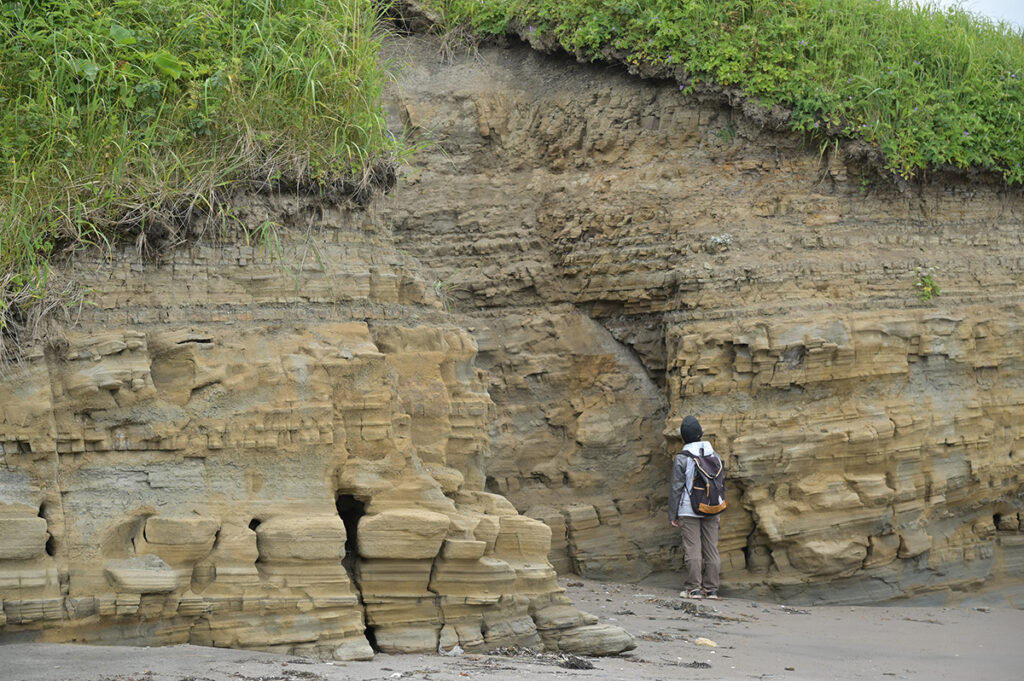
At first, I was worried that I might not be able to complete this footpath. But I soon became immersed in the whole experience, and enjoyed the walk without feeling the slightest bit of fatigue.
How the dairy farmers who made these footpaths see this region
This path was created by dairy farmers from Nemuro. AB-MOBIT is a group of five dairy farmers based between Attoko and Bettoga. AB stands for Attoko and Bettoga, while MOBIT is comprised of the initials of the five dairy farmers’ surnames. I spoke with Yasumichi Ito, one of the members of AB-MOBIT, about the footpaths.
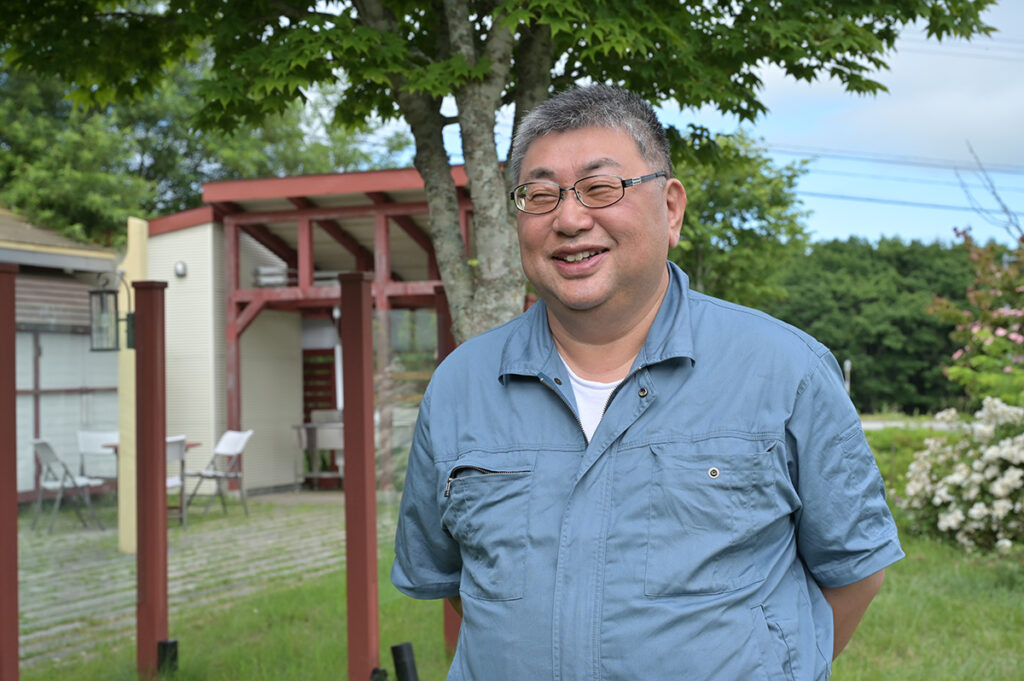
▶The CEO of Akesato Ito Dairy Farm, Yasumichi Ito shares how the creation of the footpaths has led to the opening of cafés and restaurants and sparked a growing awareness about dairy farms.
AB-MOBIT was formed around 2000. At the time, there was a series of issues with the production process of food products, including mad cow disease, and people started to lose faith in animal husbandry and dairy farming. In this tough situation, members from JA Youth gathered to find a way to deepen understanding towards dairy farmers among the general public.
Rather than just encouraging people to drink milk, the dairy farmers wanted people to know about the natural environment and local topography surrounding dairy farming. They took another look at the value of Nemuro’s dairy farming and realized that what stands out is that it’s 100% self-sufficient in the grass that the cows eat. Nemuro is home to vast grasslands, which make this kind of dairy farming possible. To let visitors see these vast grasslands—a symbol of Nemuro—for themselves, the group decided to create walking trails inside the dairy farms by utilizing the farm roads. Mr. Ito told me that he wanted people to understand that this kind of landscape cannot be maintained without the industry of dairy farming. I nodded emphatically, instantly taken back to the spectacular scenery on the footpath that had taken my breath away.
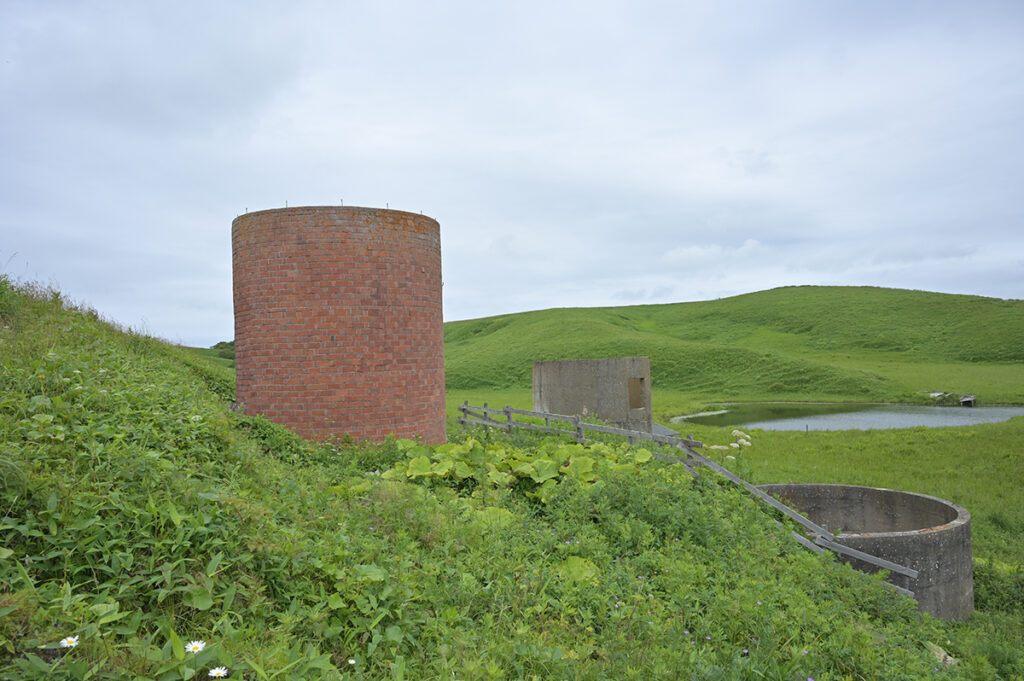
▶These concrete and brick silos, seen on the Bettoga Path, were used during the Showa period (1926-1989). They’re a sign that dairy farming happened here in the past.
This was before the term “footpath” had gained traction in Japan. AB-MOBIT’s initiative to have people experience the environment of Nemuro on foot began attracting the interest of various people, even experts. Many people became involved through workshops, and three years after AB-MOBIT first came up with the idea, the Attoko Path was completed. The Bettoga Path was completed after another three years, followed by the Hattaushi Path. These footpaths connect five dairy farms.
The group mowed the grass together and stayed overnight to maintain the area. It must’ve been a huge challenge, preparing such a vast area. However, Mr. Ito spoke fondly about these experiences and I could feel his pride in the effort everyone has made to continue sharing the charm of this area through the footpaths.
The local environment I experienced while walking the Bettoga Path
Before I embarked on my journey along the footpath, I asked Mr. Ito about what I should look out for. His reply was, “You’ll know when you get there.” I was worried that I might miss something along the way, but when I started walking on the footpath, I understood what Mr. Ito meant.
Every time I found a flower or plant that I rarely see in my everyday life or encountered a breathtaking view, the joy I felt walking in nature increased. I was able to appreciate Nemuro’s nature even more deeply by exploring it with my own senses, rather than looking for something someone had told me about. And I began to see the connection between the natural environment and the dairy industry when I had a sudden realization that I was walking on what used to be grazing land. That gave me a sense of the topography that had taken root in this region.
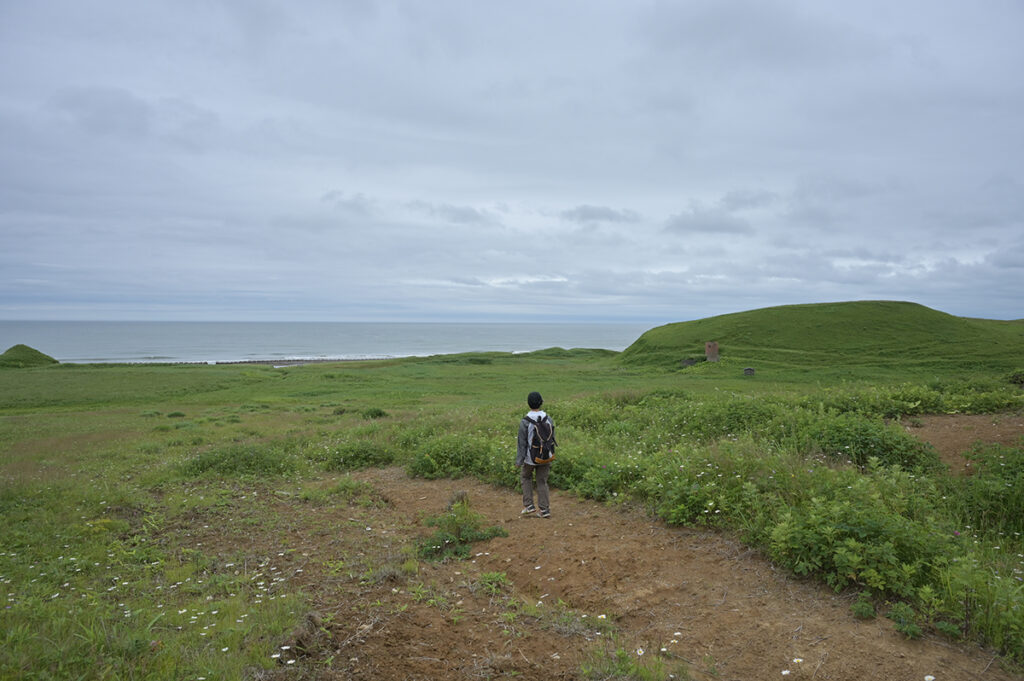
Nemuro’s environment is born from a combination of magnificent nature and the ideas of people who live here. That leaped out to me as I explored Nemuro’s nature on foot.
Information
Tiny General Store Étable & Ranch Café GrassyHill
Café on the grounds of the Akesato Ito Dairy Farm. You can purchase the route map necessary for entering the footpaths from here. They have bear repellent spray for rent and bear bells for sale.
101-21 Akesato, Nemuro City, Hokkaido
Phone: 0153-26-2798
Opening hours: 10:00 am to 5:00 pm
Website: https://etablegrassyhill.jimdofree.com/
*To walk Nemuro Footpaths, you must buy a special route map. You can purchase the map from the facilities below.
Akesato Ito Dairy Farm, Hishisan Attoko Gas Station (Eneos), Michi-no-Eki Swan 44 Nemuro, Nemuro City Tourist Information Center, Chisana Shiroi Café (Small White Café)
*You need the gate key to take the Bettoga Path. This can only be borrowed from the Akesato Ito Dairy Farm.
Related Articles
#esukaroppu #localfood
#seafood #localfood #charmsofnemuro





